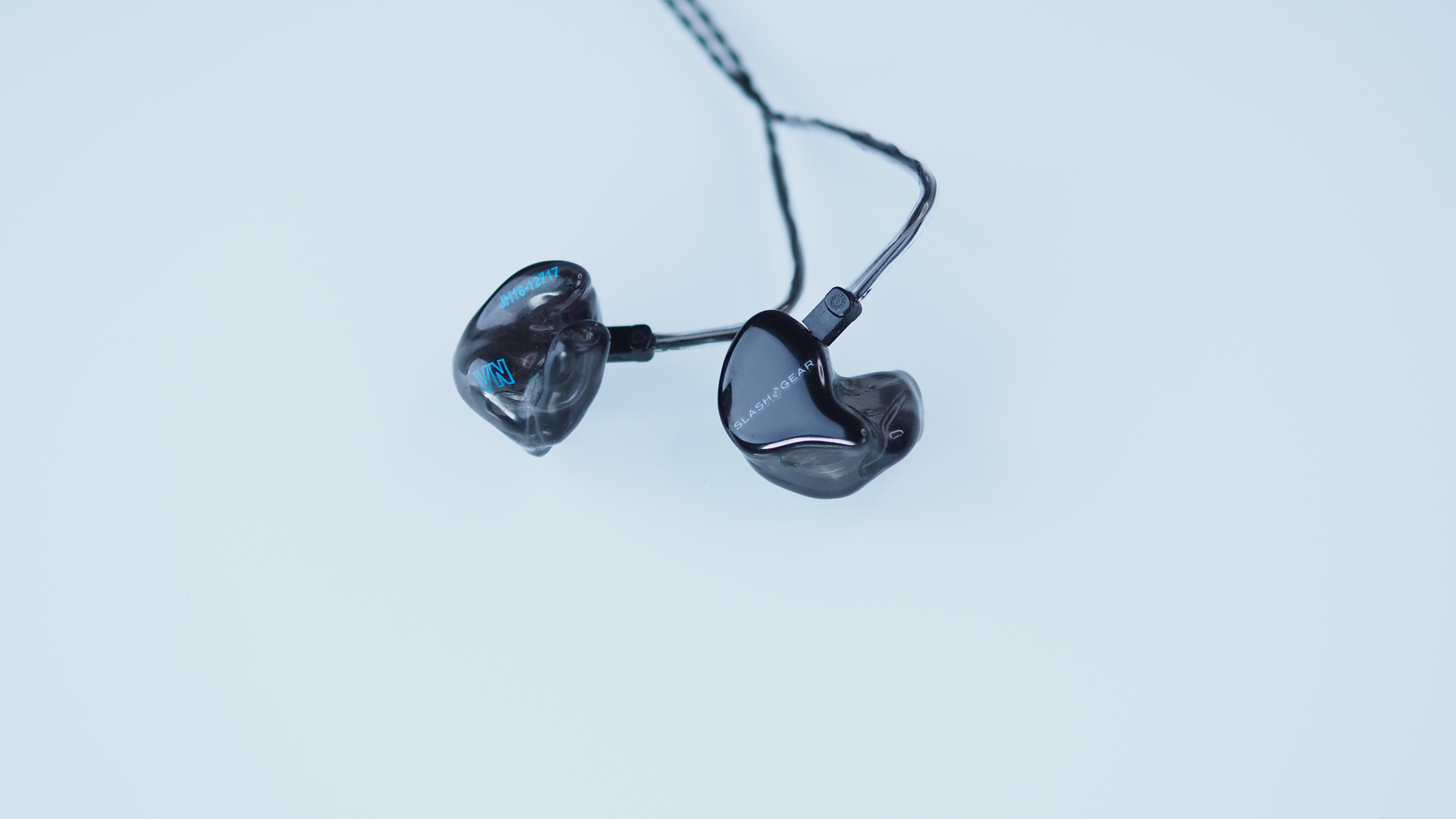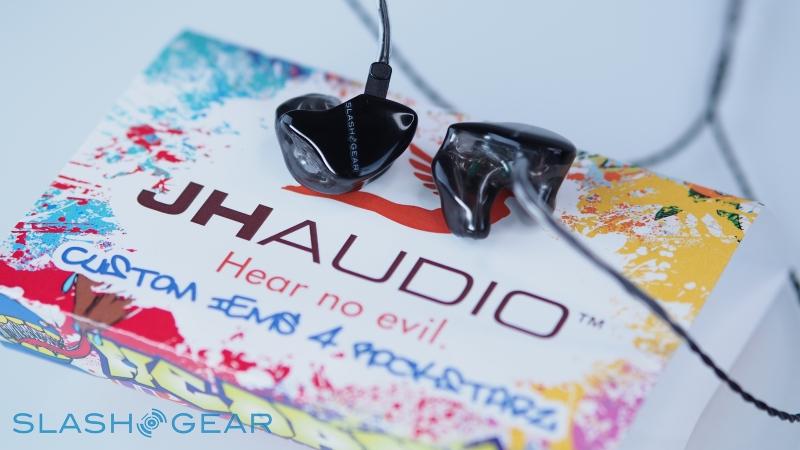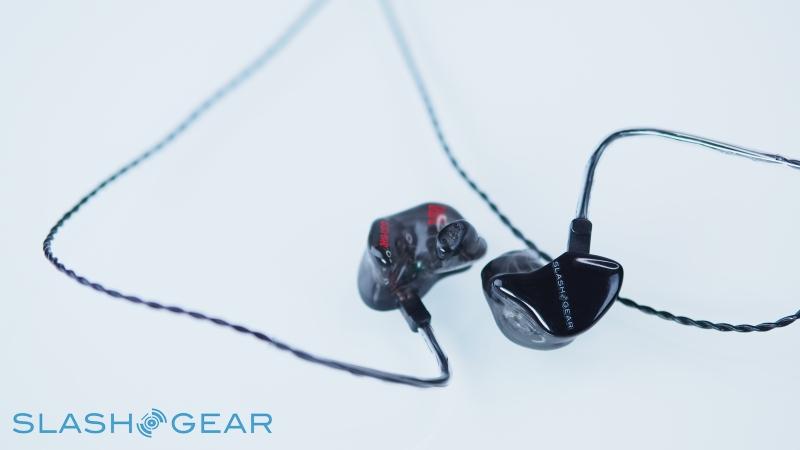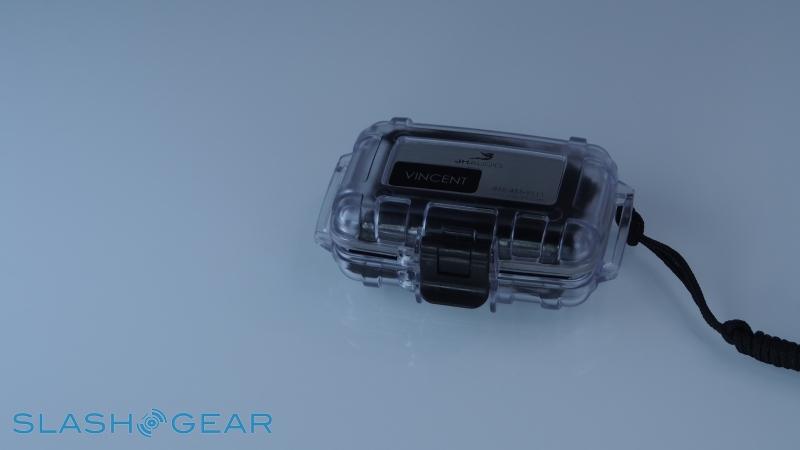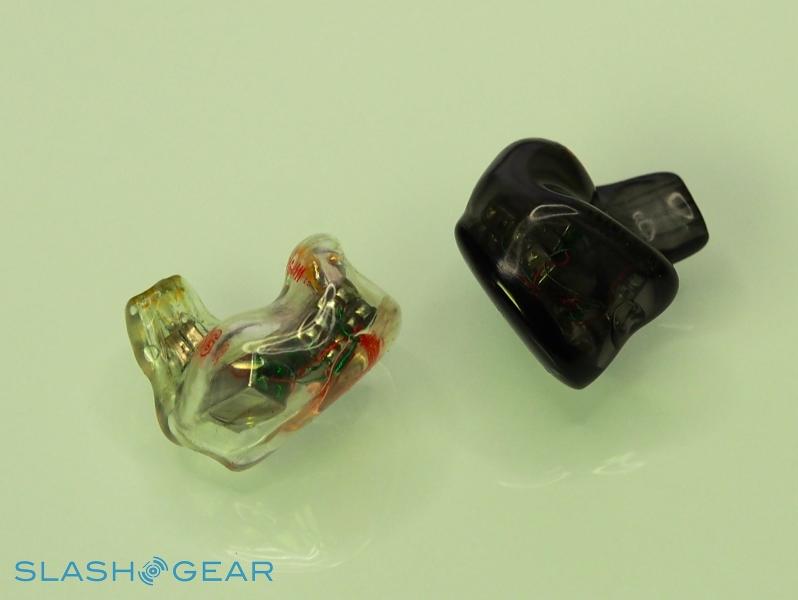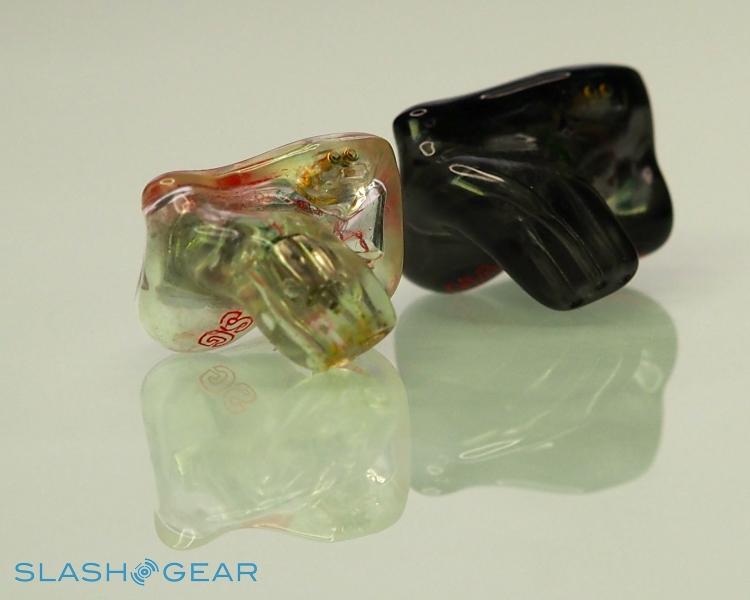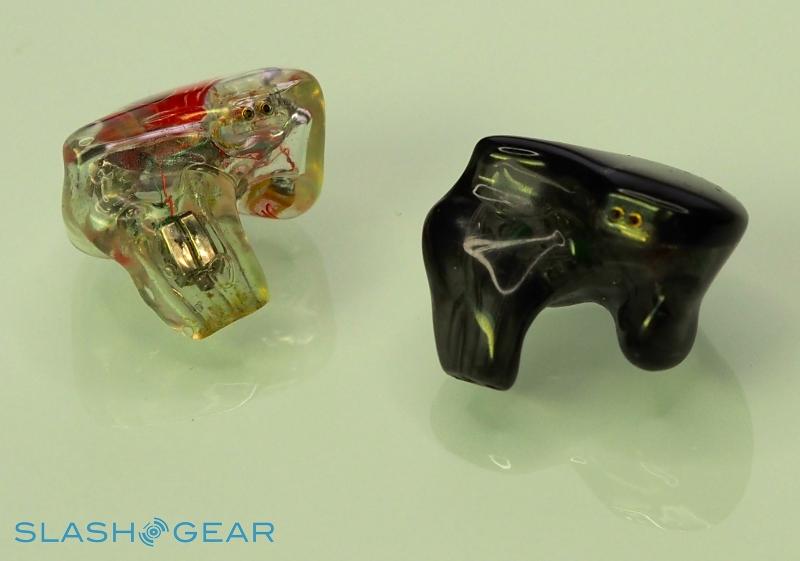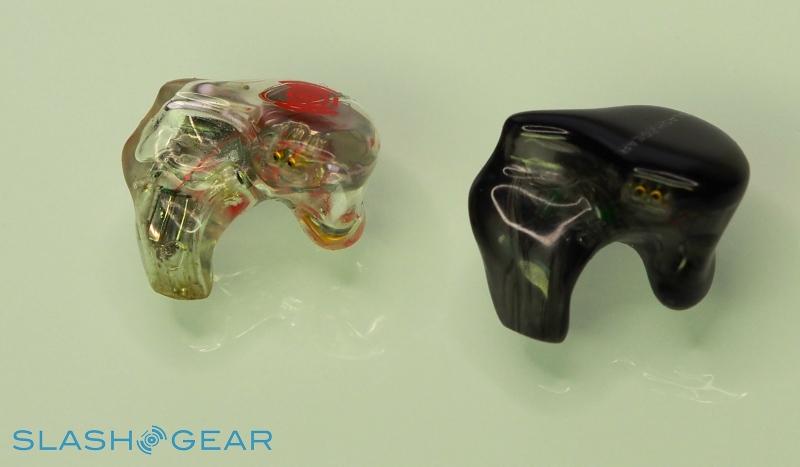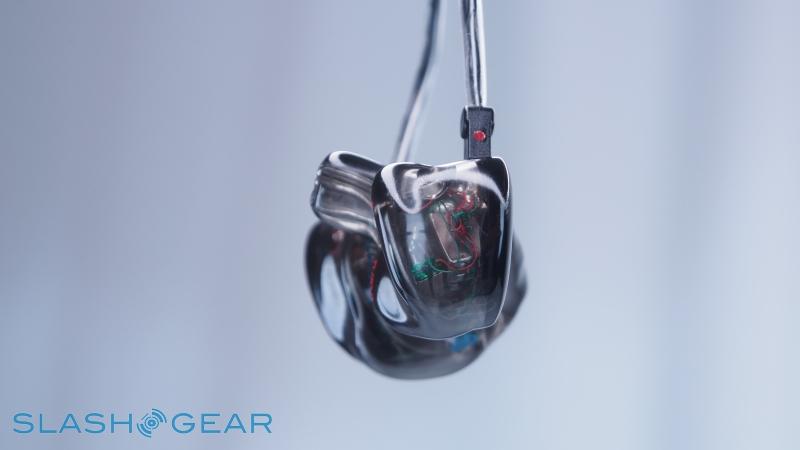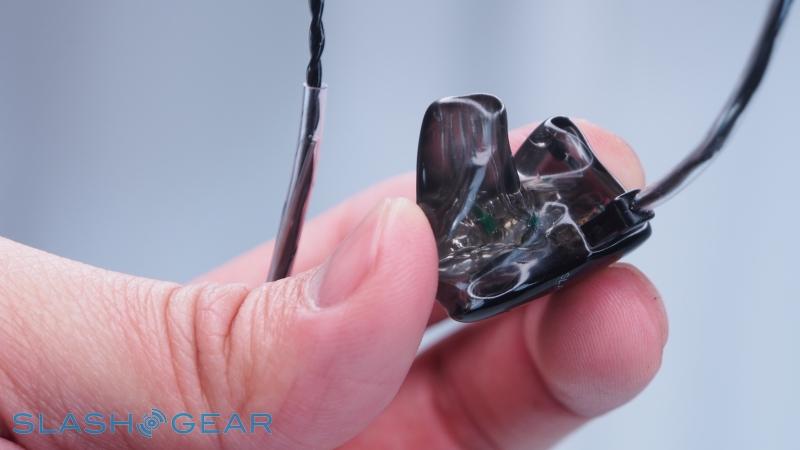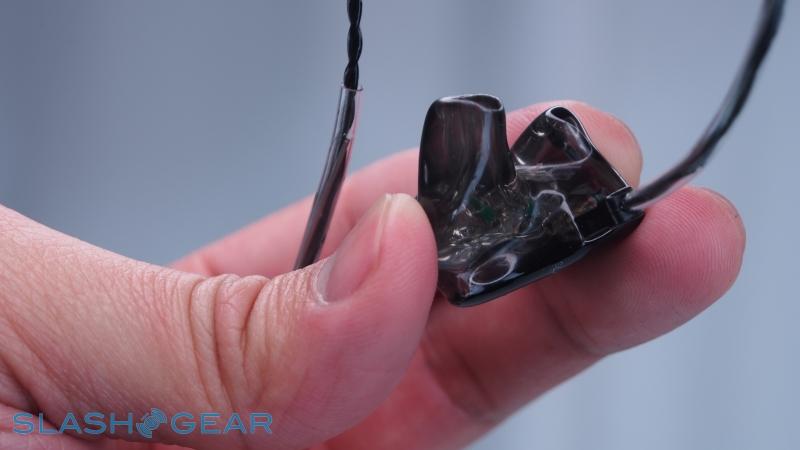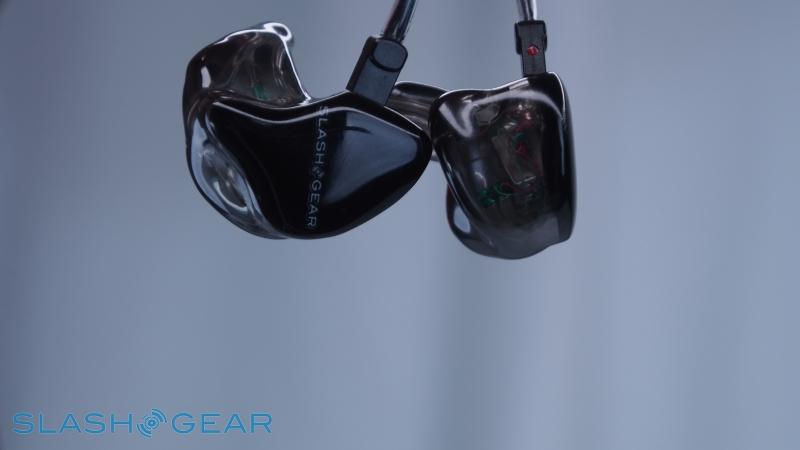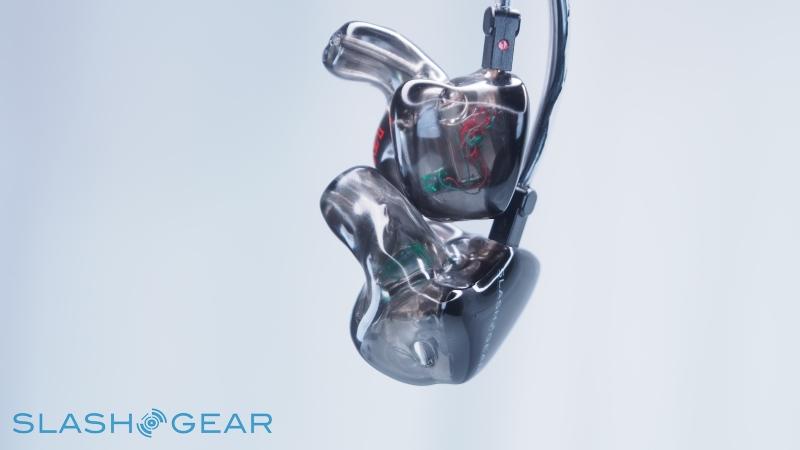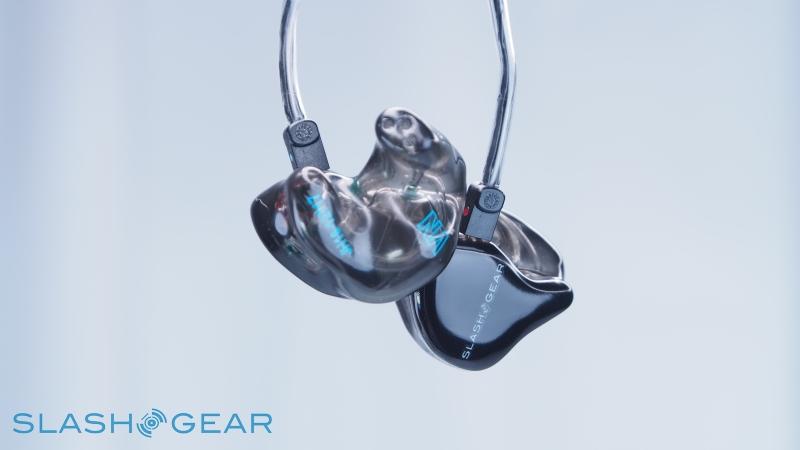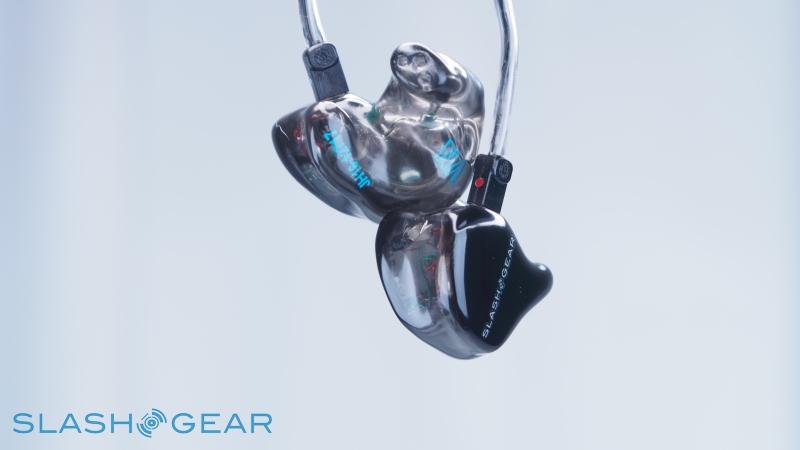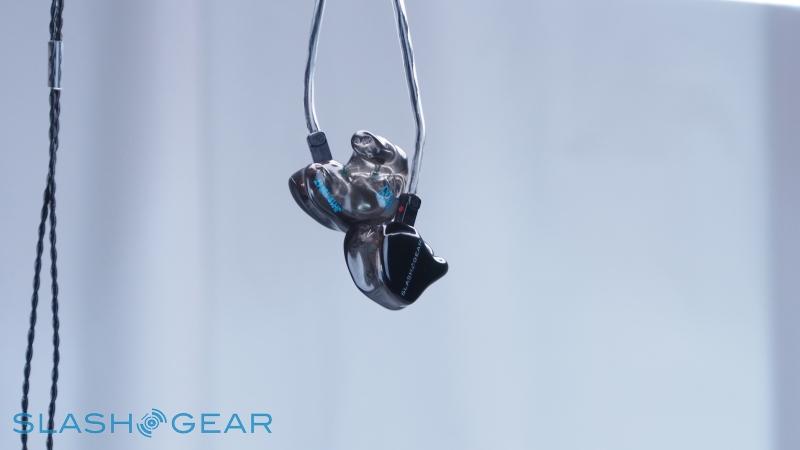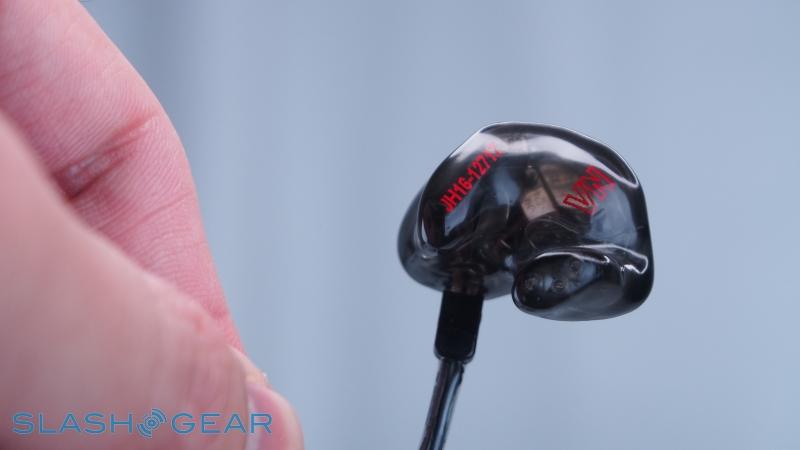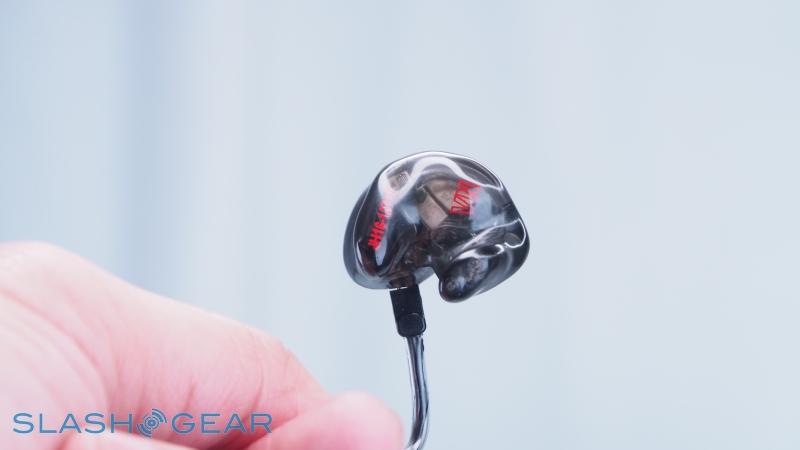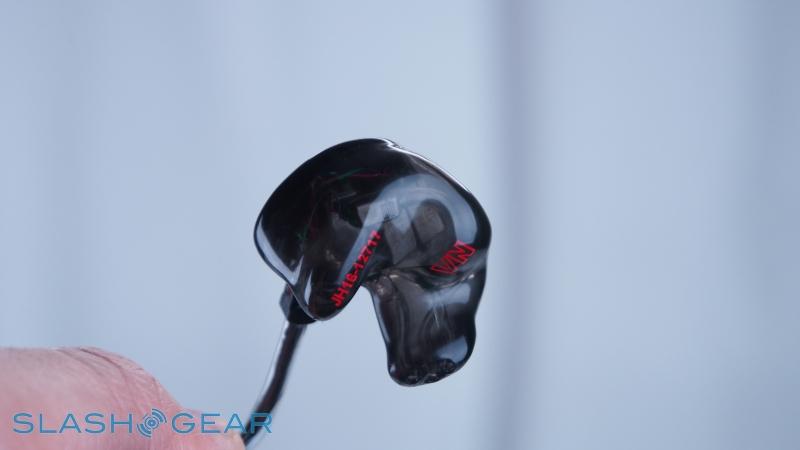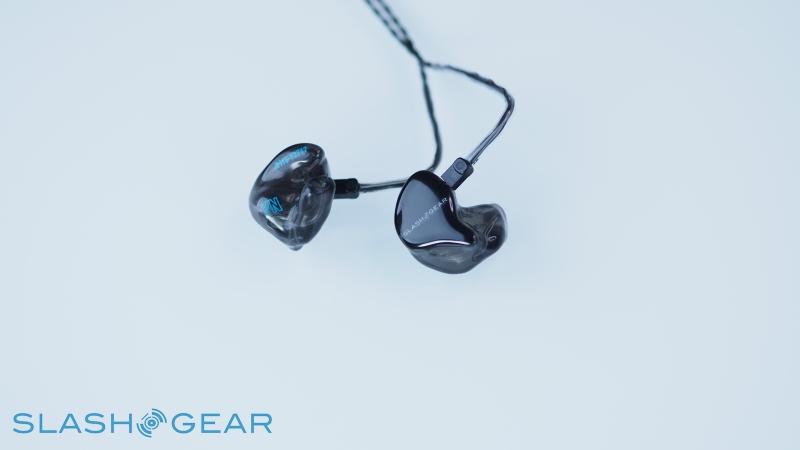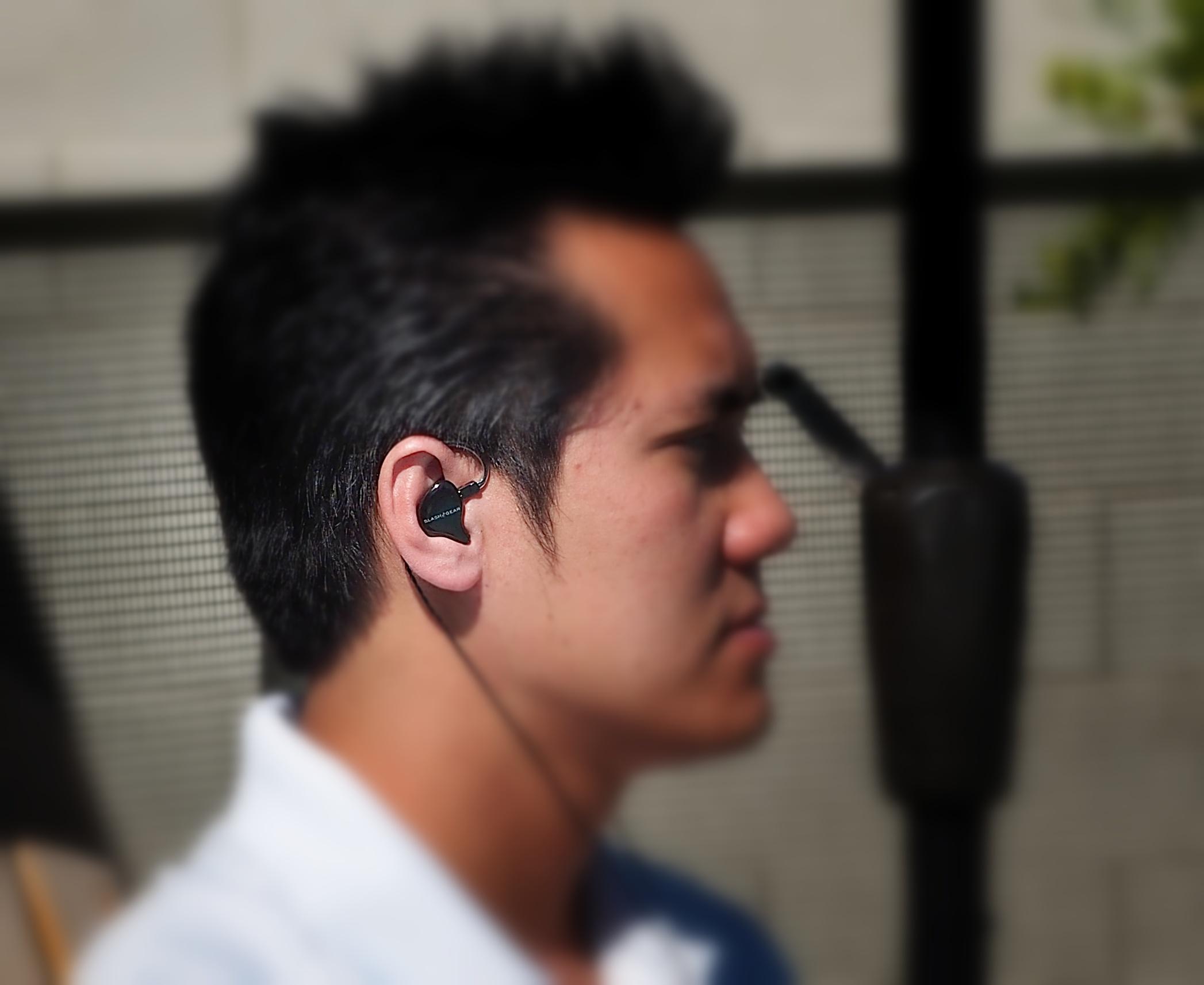JH Audio JH16 Pro With Freqphase Custom In-Ear Monitor Review [2013]
JH Audio's in-ear monitors are no strangers to us. Since we first reviewed the JH16 Pro back in 2010, they've become our go-to set for music on the go, their pro-spec price tag the only real reason not to recommend them to anyone but the most dedicated of music lovers or musicians. Now comes the refresh, introducing JH Audio's new Freqphase technology to the JH16 Pro and JH13 Pro lines. Promising the world's first phase-coherent audio in an earphone, piping every part of the sound to your ear at the same time, the claim is a more accurate soundstage and more natural and authentic sound. Read on for our full review.
The Basics
Ostensibly the new JH16 Pro with Freqphase are the same as the original JH16 Pro. You still get eight drivers per ear – double dual lows, a single dual mid, and a single dual high – for a total of sixteen, plus an integrated 3-way crossover, all in a custom-made, hand-built unit.
That means you'll need to have an ear-mold taken (a slightly uncomfortable process involving fast-setting foam being injected into your ears to set to their inner shape) and send those impressions off to JH Audio. After that – and after you've picked your custom color-scheme, with a huge range of translucent and solid hues to pick between, and the option of custom graphics such as a logo or name – it's a 25-30 day turnaround before the hand-crafted IEMs arrive.
JH16 Pro versus JH16 Pro
The new and old earphones might share the same name, but inside things are very different. In fact, while the balanced armature drivers of our existing pair are carried forward, the internal layout, crossover system, and even the tubes that run from the drivers down the ear canal are redesigned. Efficiency is also down, thanks to the new crossover, though only by a couple of dB. The biggest change is the approach to sound that JH Audio has evolved to, and that's called Freqphase.
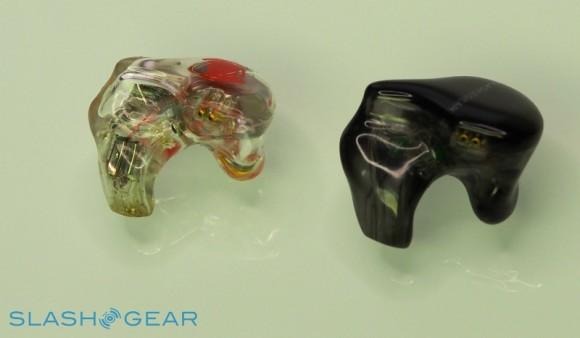
Freqphase
There's a little back-story to Freqphase, and the phase-coherence theory behind it, that you need to understand first. Traditionally, IEMs haven't given much thought to managing the speed at which low, mid, and high frequencies go from driver to ear: that usually means that the high-end gets there first, while the bottom-end lags along last. If the delay involved gets too great, you end up with flabby, loose sound.
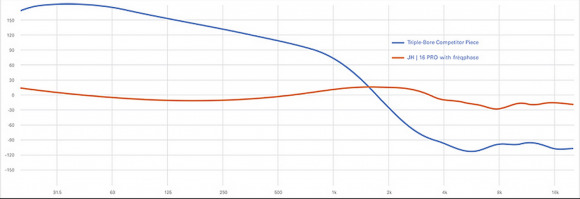
Now, the original JH16 Pro IEMs were never something we'd accuse of being imprecise, but Freqphase aims to tighten them up even more. By carefully positioning the drivers physically within each casing, and by adjusting the crossover, JH Audio has tuned the new versions to take the delays into account, meaning low, mid, and high frequencies arrive at the ear within 0.01ms of each other. It's something sound engineers have been doing in live venues for a long time, but it's all new for IEMs.
Performance
The first JH16 Pros were lauded – not just by us – for their accuracy and for the strength of their sound. They also had a reputation for being somewhat bass-heavy, emphasizing the low-end by virtue of the double dual low drivers, whereas the JH13 was known for being somewhat less expressive in that way, as it had a single dual low driver in each earphone.
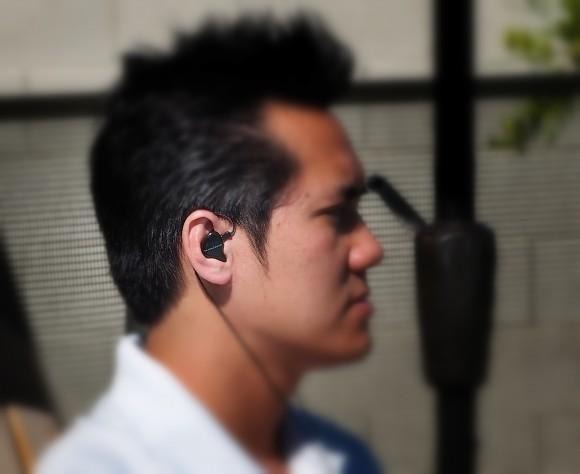
It's only when you switch between old and new that you really notice the difference JH Audio has achieved. The original IEMs are excellent, certainly, but the new ones feel incredibly cohesive: they also have a far broader soundstage, more like a great, focused speaker setup than earphones. Within that soundstage each part of the recording gets its own position, too, something you can differentiate during playback rather than have all of the sound merged into one.
Some of the edge has been shaved from the bass, though the JH16 Pros are still capable of making your ears throb with the right track. Perhaps more important than the power is how the balance of the bass overall has been tempered, with an immediacy that cuts out any suggestion of flabbiness, and an evenness that means all of the low-end sound sits together in balance, rather than being punched through in places in the frequency curve.
Moving up to the mids is a seamless affair, with clarity that doesn't take away their warmth and complexity. Some IEMs we've tried neglect the midrange, relying instead on great slabs of bass and piping trebles to mask an uninspiring middle section, but that's not an accusation we'd level at the Freqphase-blassed JH16 Pros. Instead, you get more of the differentiation between instruments and lower-end vocals that the bass driver displays, each part sitting together in the whole.
Then there's the treble, which takes the stab and sparkle of the original IEMs and makes it tauter Vocals do particularly well, standing clear of the background music while still a part of it, though instrumental and classical music benefit too. You need a high-quality source file to get the most from it, of course.
Freqphase's real magic isn't so much in the balance of each part of the frequency curve, but in how the improved timing sets out the audio in a more natural, realistic way. This isn't just sound spread around from left to right, but with real depth: you can tell how the orchestra was arranged in classical music, for instance, while live band recordings are more authentic.
Wrap-Up
With a starting price of $1,149 – more if you want to go further with your customization – the JH16 Pro IEMs remain a luxury for the audiophile. Not only are they expensive period, they're also expensive in a world where low-cost custom earphones are becoming more widely available.
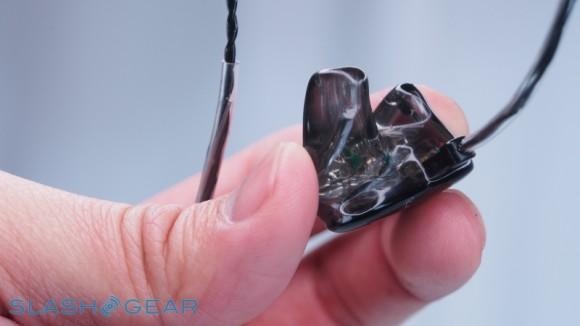
Nonetheless, there's certainly a market for them, and indeed a good reason for their existence in the first place. Freqphase may have a somewhat gimmicky name, but the sound quality it delivers is no joke: suddenly, the JH16 Pros become a legitimate, no-compromise alternative to a high-end speaker system, with all the soundstage merits that would usually bring.
You need to treat your audio properly to get the most out of the JH16 Pro IEMs. Pair them with a decent media player, for a start, and sufficiently high-quality source audio – if that's digital, then 320kbps at the least, but lossless would be preferable – to feed them, since IEMs of this quality are just as capable of highlighting the shortcomings of poor recordings as they are at drawing out the great parts of quality ones. It's that expert treatment that the JH16 Pro and Freqphase brings that makes the earphones worthwhile, though, and what makes them the aspiration of any true music lover.

